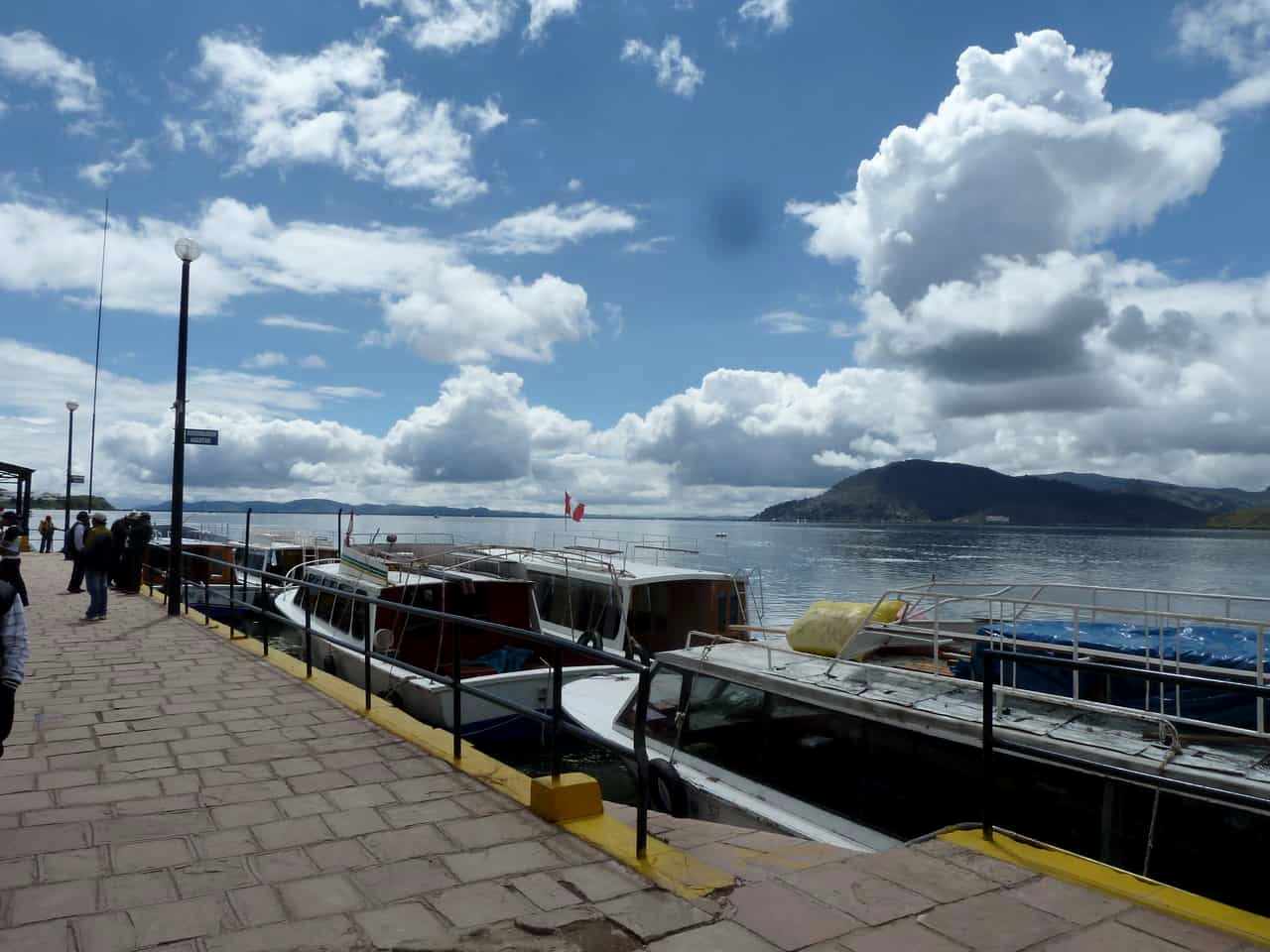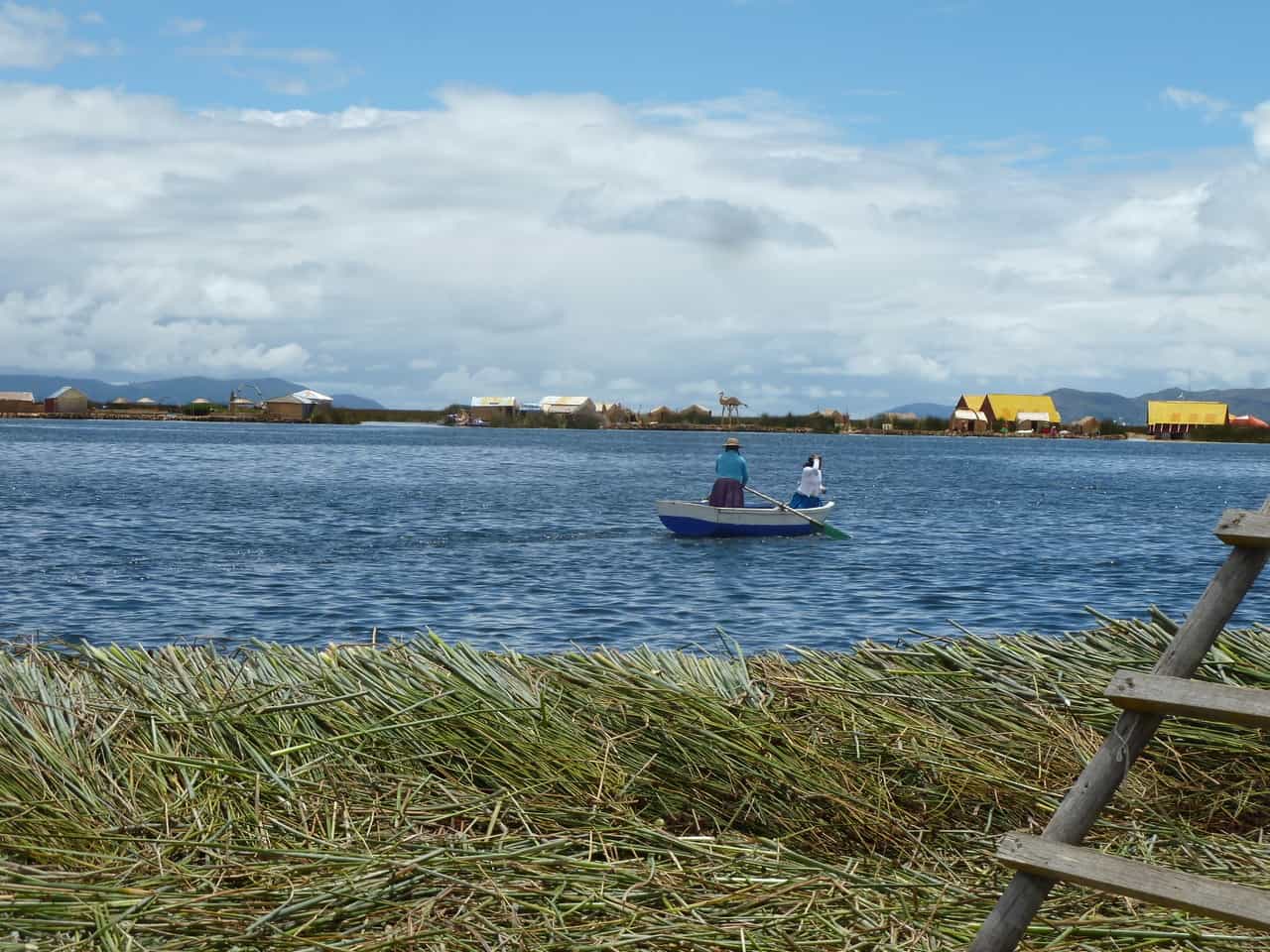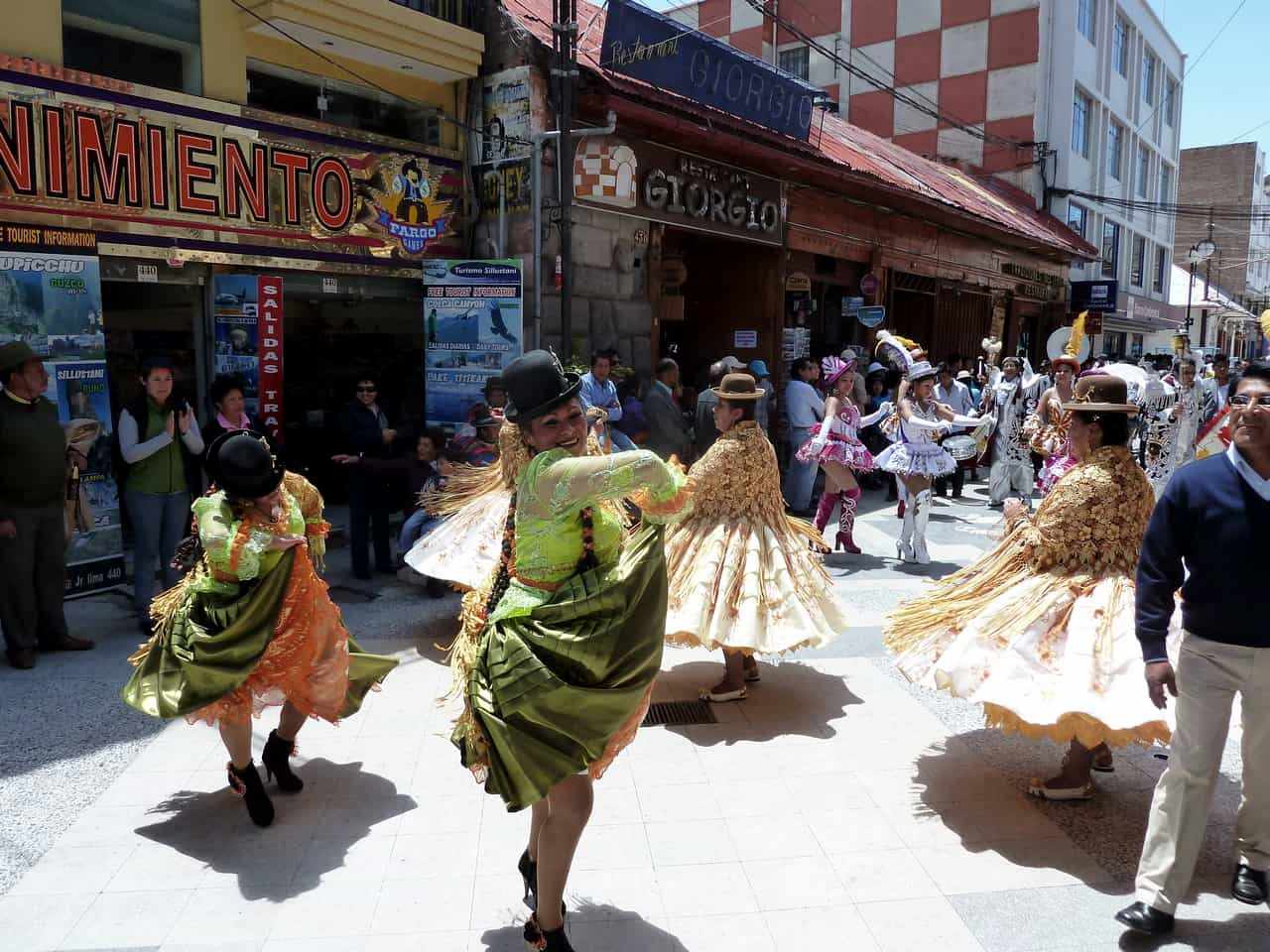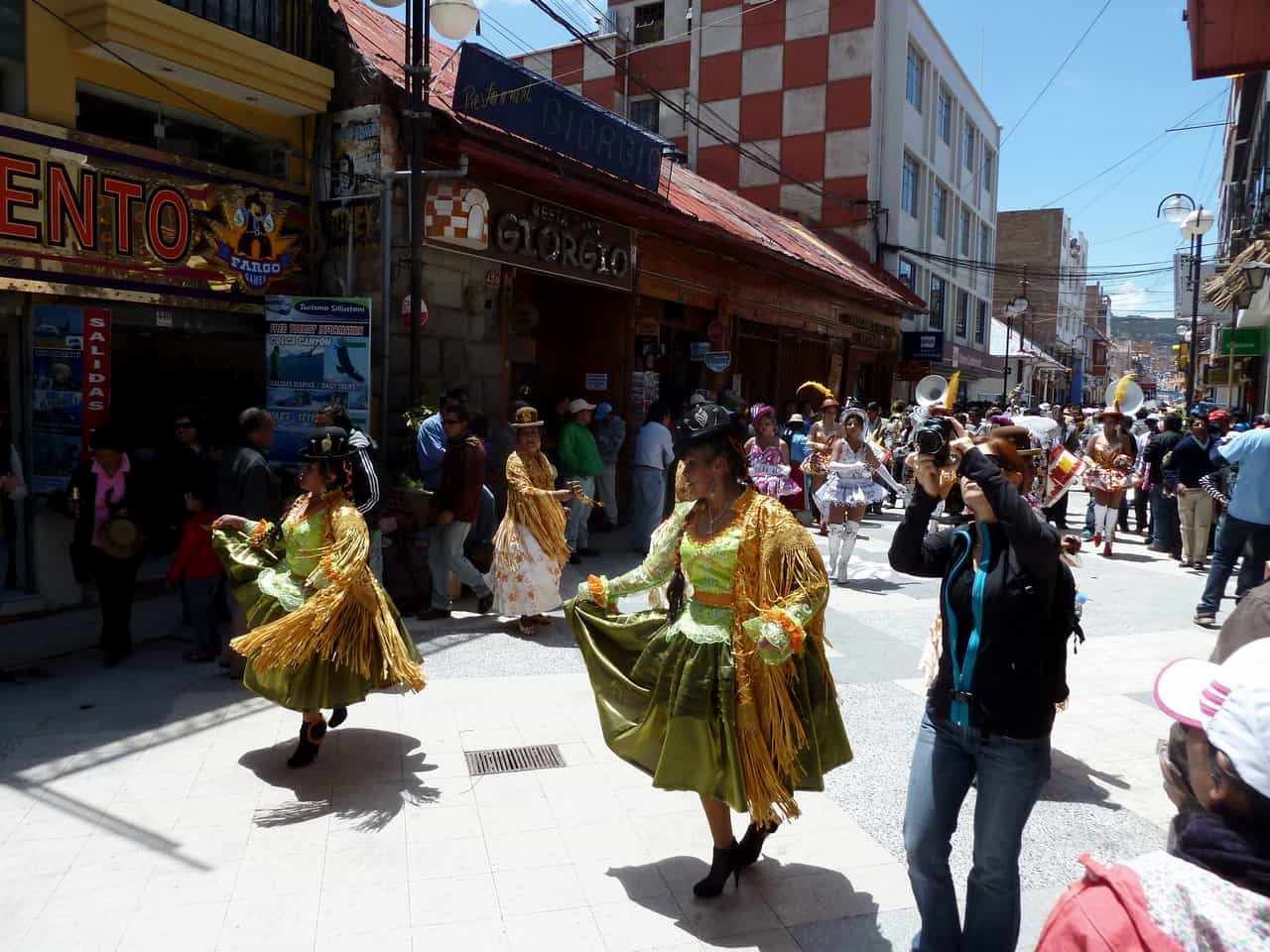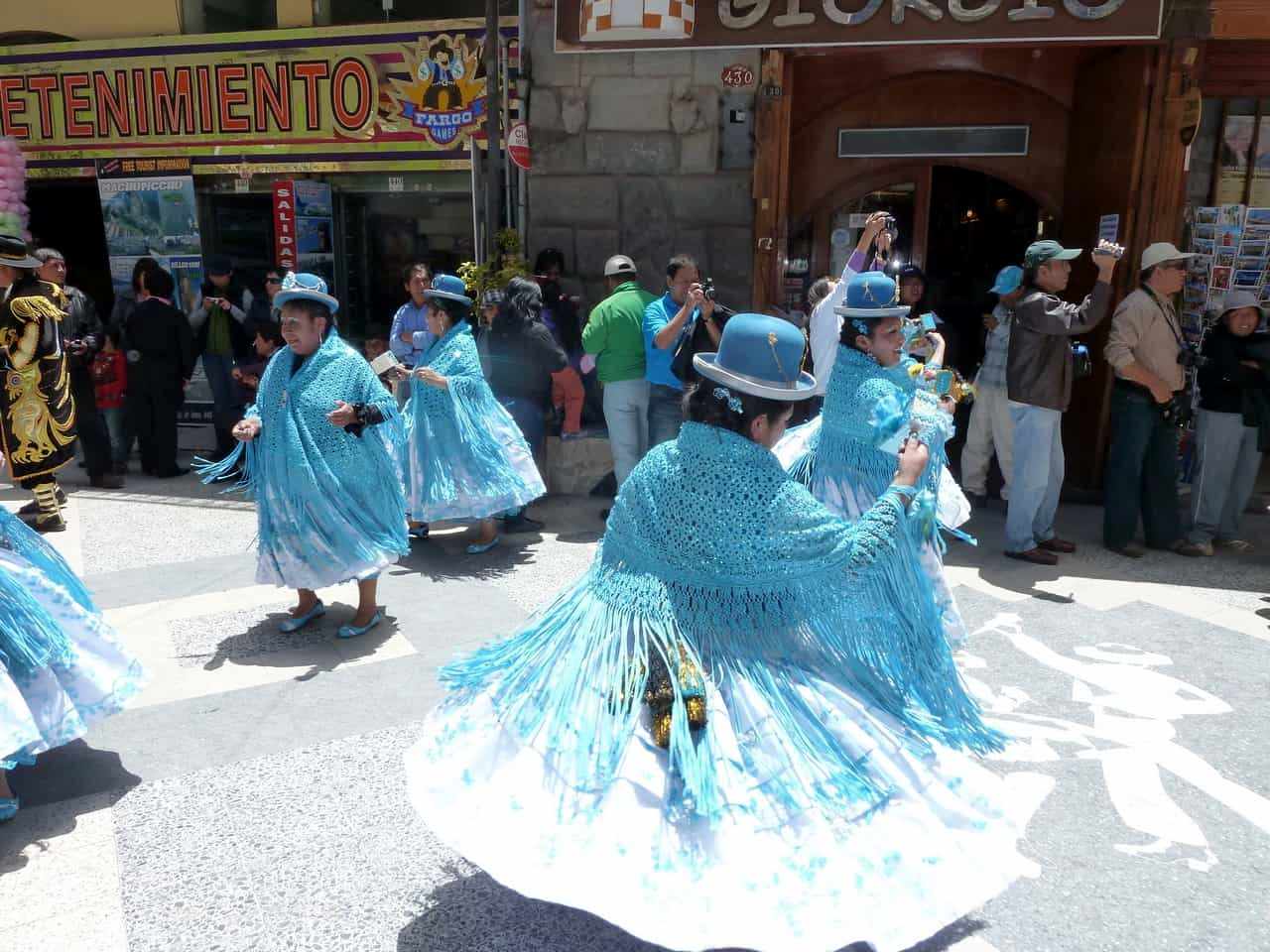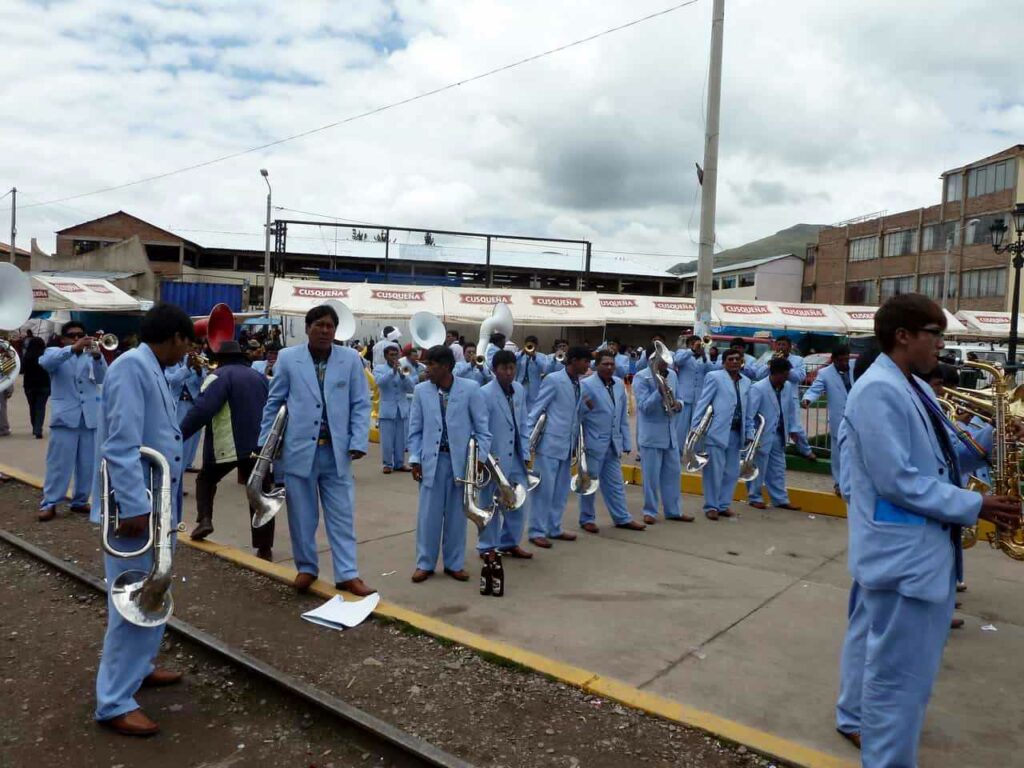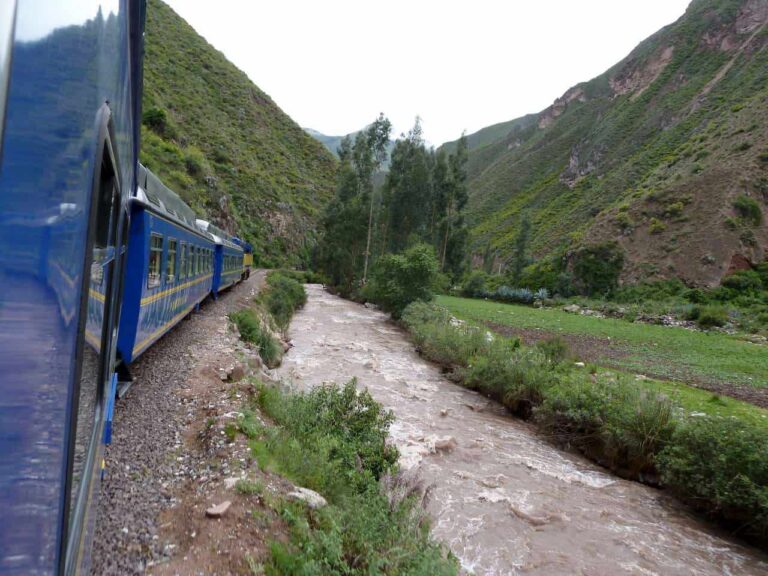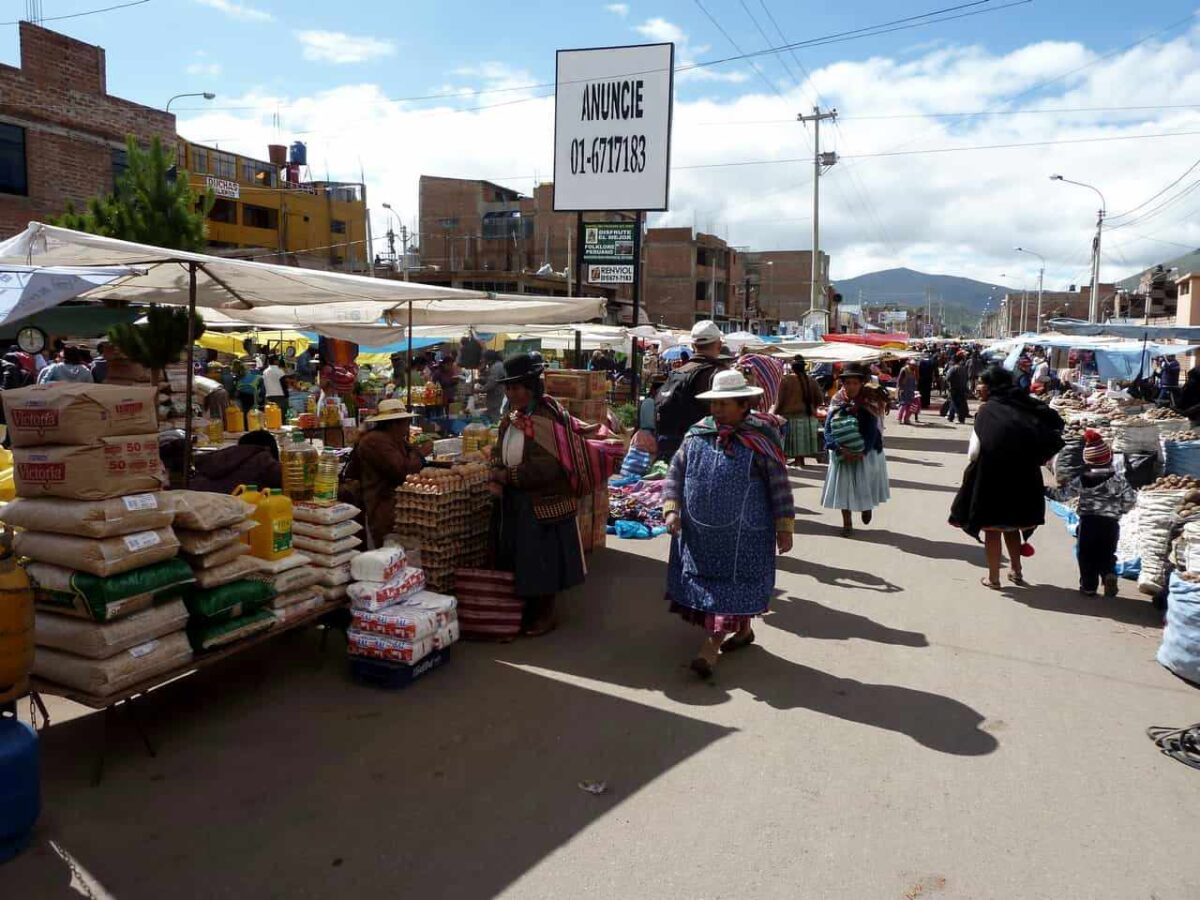Peru
Puno Peru
Carnival
2 min 32 sec
Puno Peru
Carnival 2
3 min 43 sec
I was spending a month in Peru with my die-hard travel companions and friends Jim and Theresa Seaton from Montana.
Theresa and Jim were amazing companions during our month exploring the incredible diversity of Peru.
We venture by boat on a week-long journey from the island city of Iquitos into the amazon, took a road trip down the 500-mile coast between Lima and Arequipa, traveling through the worlds driest desert, the Atacama. We drove over a 14,200-foot mountain pass and saw the Valley of the Condors, and experienced carnival in Puno, high in the Andes at Lake Titicaca as well as trekking around the Inca enclave of Machu Picchu.
During our expedition down the White River in the Amazon, we found ourselves in a bit of a situation when I rescued a baby puma, which turned out to be a previously undocumented ‘Jaguarundi’ species and smuggled it into our hostel.
Lake Titicaca, straddling the border between Peru and Bolivia in the Andes Mountains, is one of South America’s largest lakes and the world’s highest navigable body of water and is said to be the birthplace of the Incas.
Floating villages on the lake constructed of thousands of reed rafts still exist but now are maintained for the visiting tourists.
They take Carnival very seriously in South America, often preparing for months in advance. I have been to carnival two times in Brazil, yet the carnival in Puno took my breath away. The altitude is so high that they actually sell oxygen bottles in the small shops.
Puno and Lake Titicaca are at an altitude of 3,810 meters (12,500 feet) above sea level. A city on top of the world.
Machu Picchu is an Incan citadel high in the Andes. Built-in the 15th century and later abandoned, it’s renowned for its sophisticated dry-stone walls that fuse huge blocks without the use of mortar, and intriguing buildings that lay on complex astronomical alignments.
- These are the stories coming soon
The Baby Puma and The Amazon
Ever explore deep into the Amazon Rain forest by boat, rescue a baby Puma from certain death, and then smuggle it into your hostel. Only to find out days later that it is really a very rare Jagarundy, and that there is no place to bring it where it can be cared for. The police have already been called by an angry veterinarian and, Theresa and Jim and I, find ourselves way in over our heads. And that’s when things begin to get really strange.
Spoiler Alert. The story ends at a new beginning when after an amazing series of events Rick Schwartz the president of the Nashville Zoo and I met with the Governor of the Province of Maynas and they worked out a long term partnership between the Nashville and Iquitos zoo. They are currently breeding the endangered Florida Manatee in the lagoon there.


